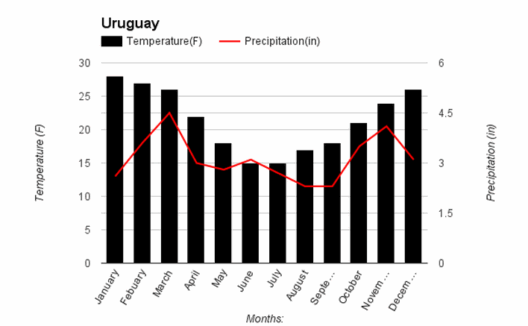As consumers, we revel in the excitement of new trends, often prompted by fast fashion’s seductive allure. But have you ever paused to ponder how this seemingly innocuous shopping habit contributes to global warming? This playful inquiry unveils a somewhat disconcerting reality: the sartorial choices made by individuals have significant implications for the planet’s health. The carbon footprint of our wardrobes, often invisible to the naked eye, warrants scrutiny and action.
Fast fashion, characterized by its rapid production cycles, aims to deliver trendy clothing at unbeatable prices. Brands lean on synthetic materials, which are often non-biodegradable. These fabrics, like polyester and nylon, originate from fossil fuels during their manufacturing process and emit greenhouse gases extensively. Interestingly, the production stage of clothing—from raw materials to finished goods—can account for more than 50% of the clothing industry’s total carbon emissions. But that’s just the beginning.
After the frenzy of purchasing fades, we must consider the lifecycle of these garments. Fast fashion encourages a throwaway culture, where clothing often has a remarkably short lifespan. Consumers wear items a handful of times before discarding them, flooding landfills with textiles. In fact, an estimated 92 million tons of textile waste is generated every year globally. This is more than what we can fathom, leading to the accumulation of waste that takes decades, if not centuries, to decompose. As these materials break down, they release methane—a potent greenhouse gas—into the atmosphere, thereby exacerbating climate change.
Furthermore, the alarming environmental impact extends beyond just waste. The transportation of these garments contributes significantly to their carbon footprint. From manufacturing plants often located in developing nations to retail outlets across the globe, the emissions incurred during shipping are staggering. Consider the fossil fuels burned during maritime and aerial transport, not to mention the emissions linked to local distribution networks. Together, logistics creates a carbon trail that cannot be ignored.
Water usage in the fast fashion industry also poses a considerable environmental challenge. Fashion production requires colossal volumes of water, from the cultivation of cotton to the dyeing and finishing processes. These activities extract enormous amounts of water from freshwater sources, depleting already stressed ecosystems. It is remarkable to note that producing a single cotton T-shirt requires approximately 2,700 liters of water—enough for one person to drink for two and a half years. Consequently, not only is fast fashion a driver of climate change, but it also cultivates water scarcity, exacerbating the vulnerabilities faced by communities worldwide.
Despite the daunting statistics, the challenge of mitigating fast fashion’s impact is not insurmountable. Awareness is the first step in wielding the power of conscious consumerism. By discerning the hidden costs of fast fashion, consumers can make informed choices. This includes seeking sustainable brands that prioritize eco-friendly materials, ethical labor practices, and transparent supply chains. Education on fabric sustainability can empower consumers to choose alternatives, reduce waste, and invest in quality over quantity.
Moreover, embracing a circular economy presents a viable pathway for overcoming the challenges associated with fast fashion. By designing garments for longevity and recyclability, the industry can pivot towards minimizing waste while maximizing utility. Brands can establish take-back programs, allowing consumers to return old clothing for recycling or repurposing. In doing so, consumers not only help reduce landfill contributions but also become integral players in a sustainable fashion ecosystem.
The adoption of second-hand shopping also reflects an emerging trend emphasizing sustainability over consumption growth. Thrift stores and online platforms facilitating pre-loved apparel foster a culture of reuse. By purchasing second-hand clothing, consumers extend the lifecycle of garments while fulfilling their fashion cravings without additional resource depletion. Each choice toward sustainability sends a powerful message to the fashion industry, echoing the demand for responsible practices.
Finally, we must address the need for systemic change within the fashion industry itself. Advocacy for policies that promote sustainable practices, regulate waste management, and incentivize green technologies is pivotal. Pressure must be placed on brands to adhere to environmental standards that prioritize climate action. Collaborative efforts between governments, NGOs, and consumers can catalyze the fundamental changes required to lessen the impact of fast fashion on the environment and help curb global warming.
In conclusion, while fast fashion offers consumers enticing choices, its hidden carbon footprint poses a grave challenge for our ecosystem. Individual actions, when combined with broader societal efforts, can revolutionize consumer habits and shift industry paradigms towards sustainability. It is imperative that stakeholders recognize the far-reaching consequences of their choices. Together, we can cultivate a future where fashion is not just about fleeting trends but anchored in environmental stewardship and responsibility.








